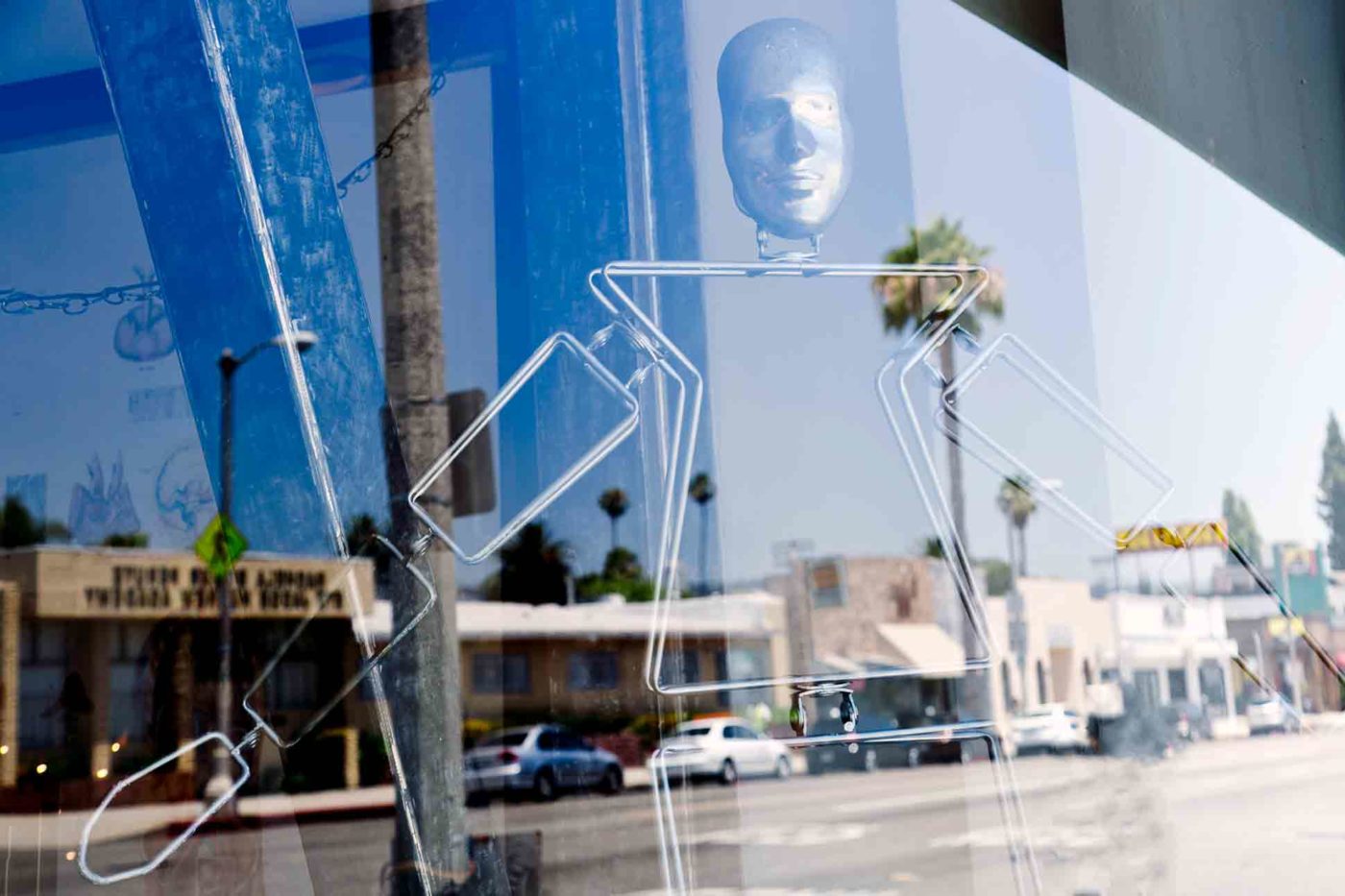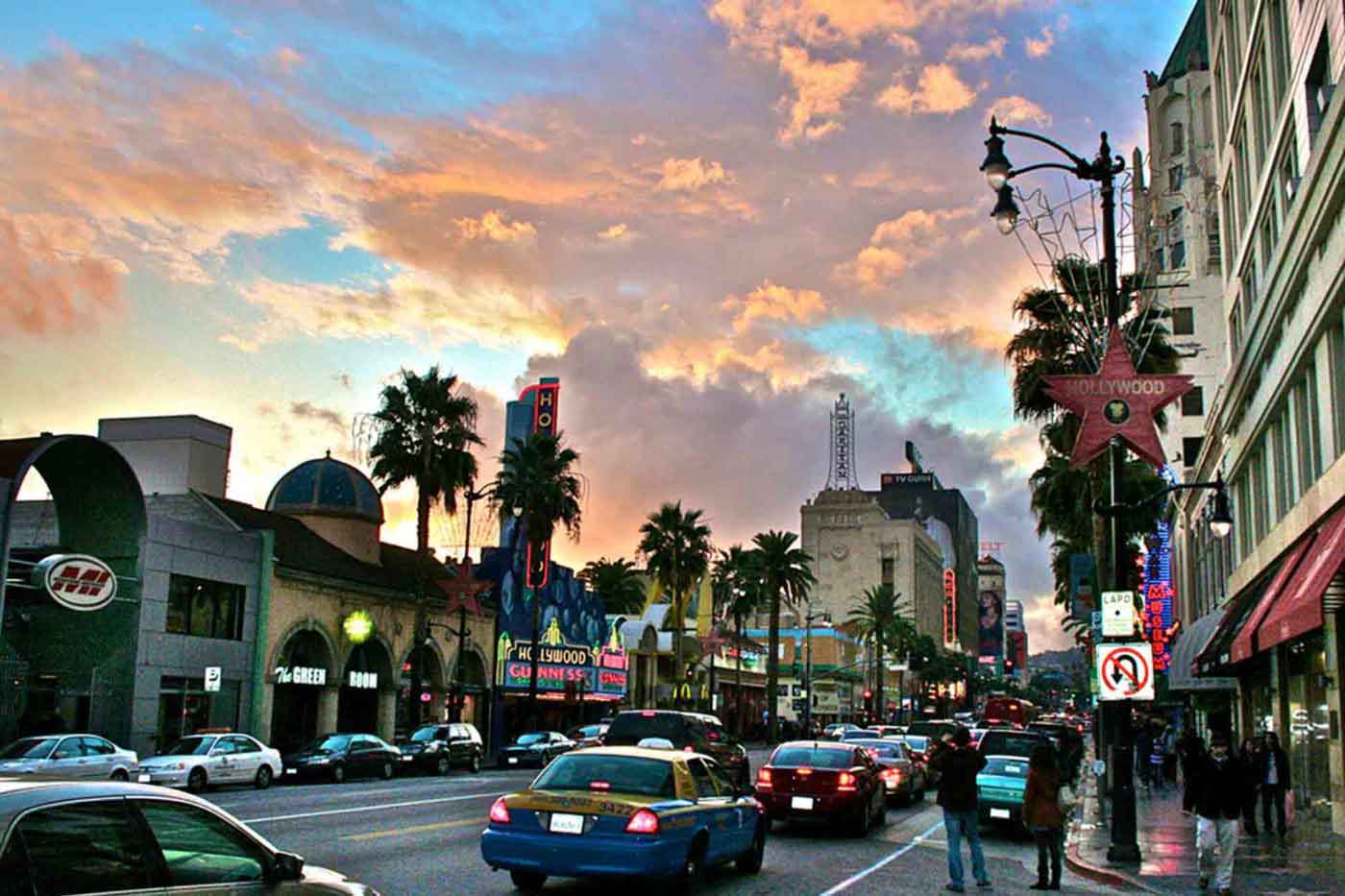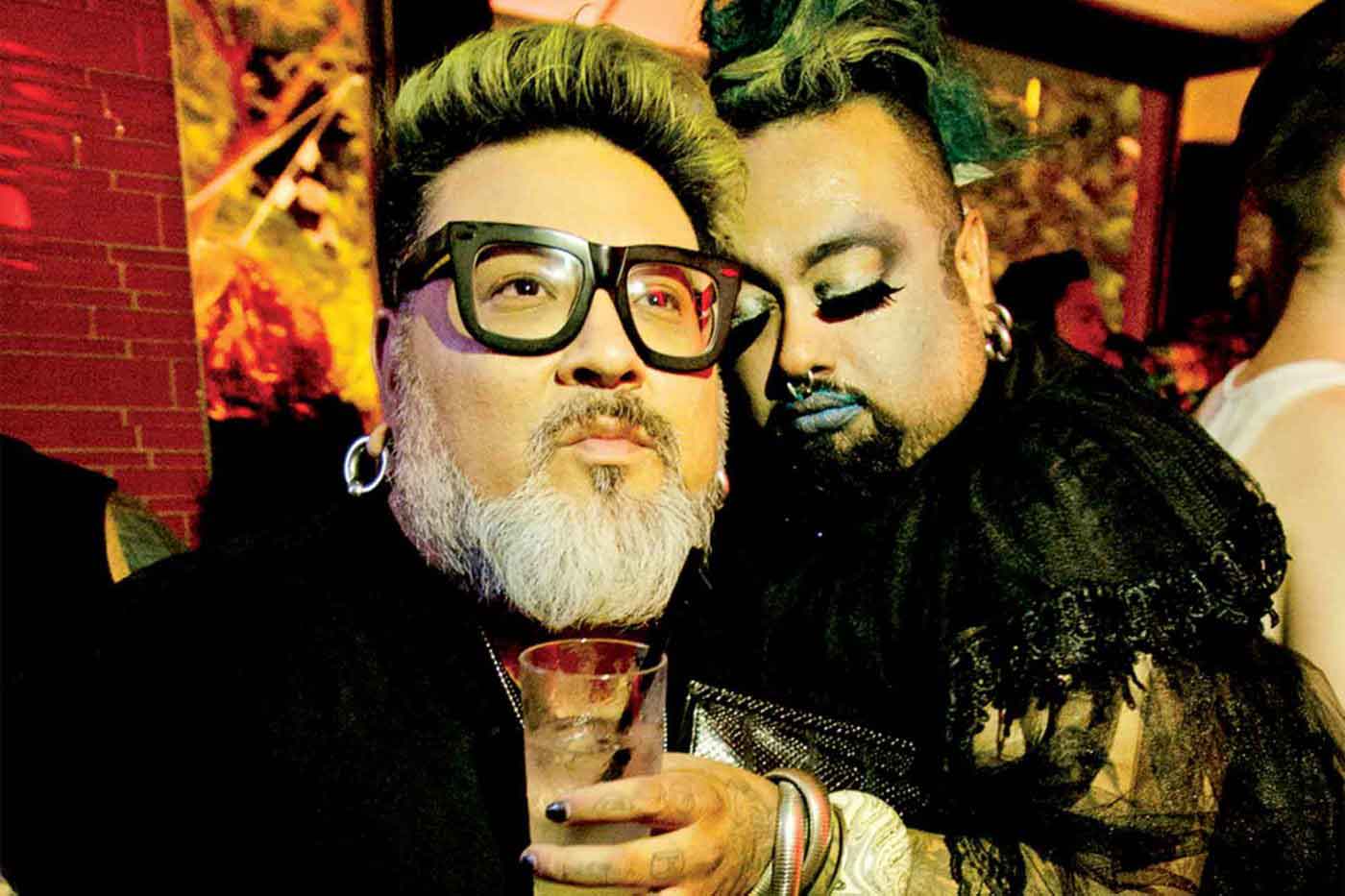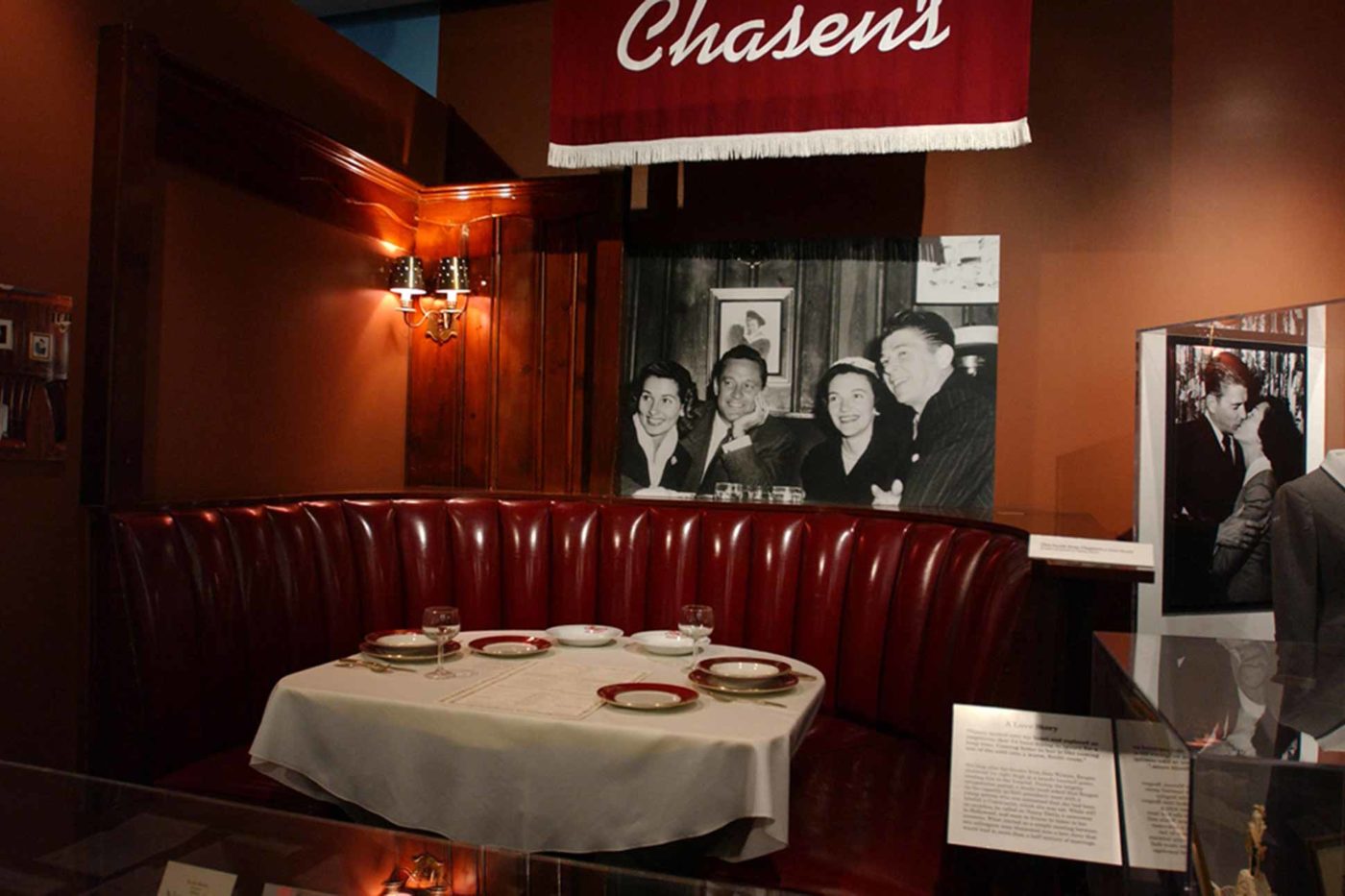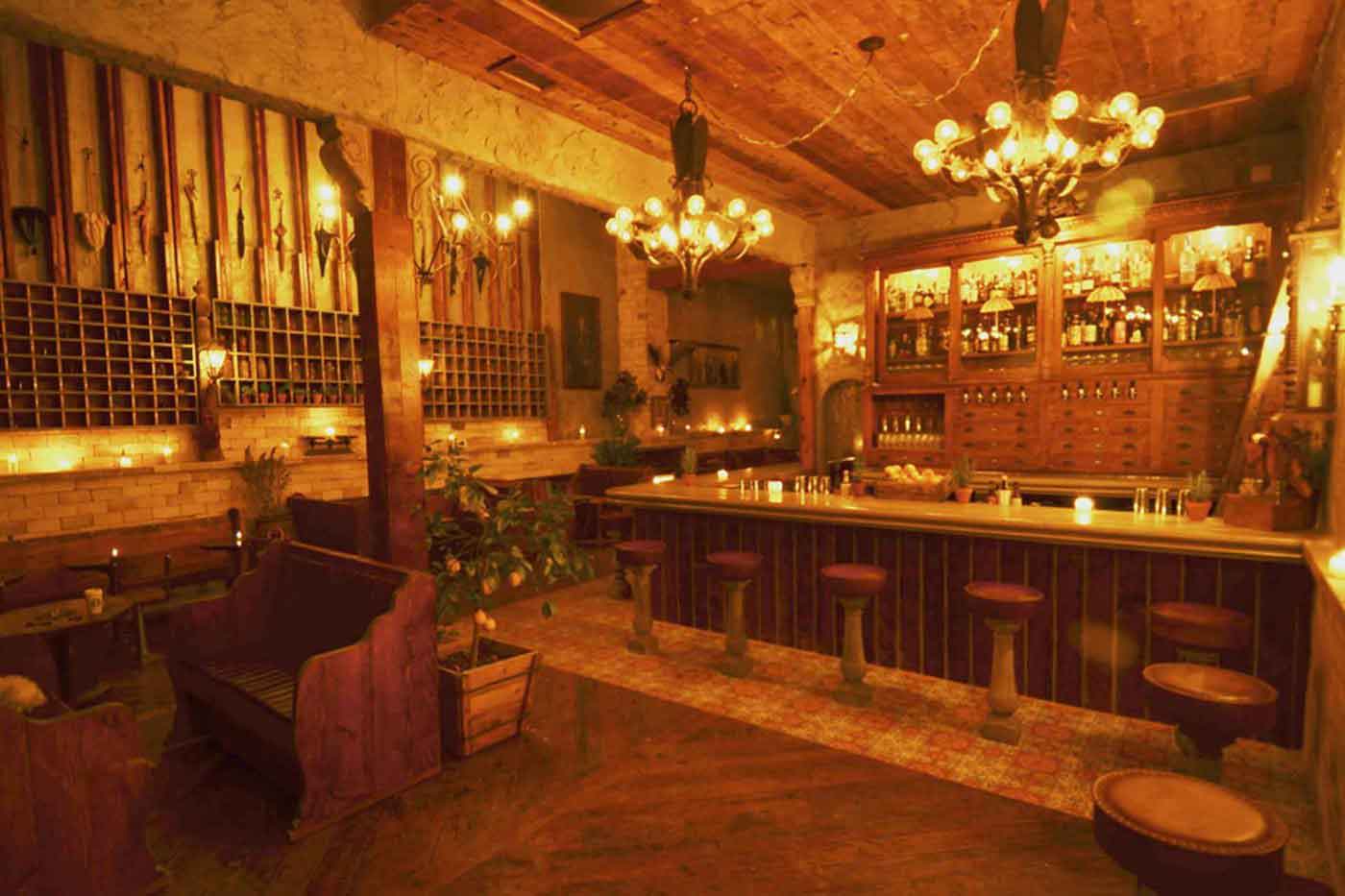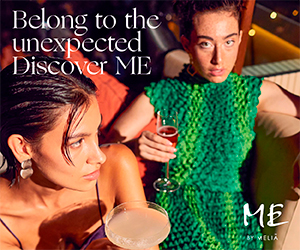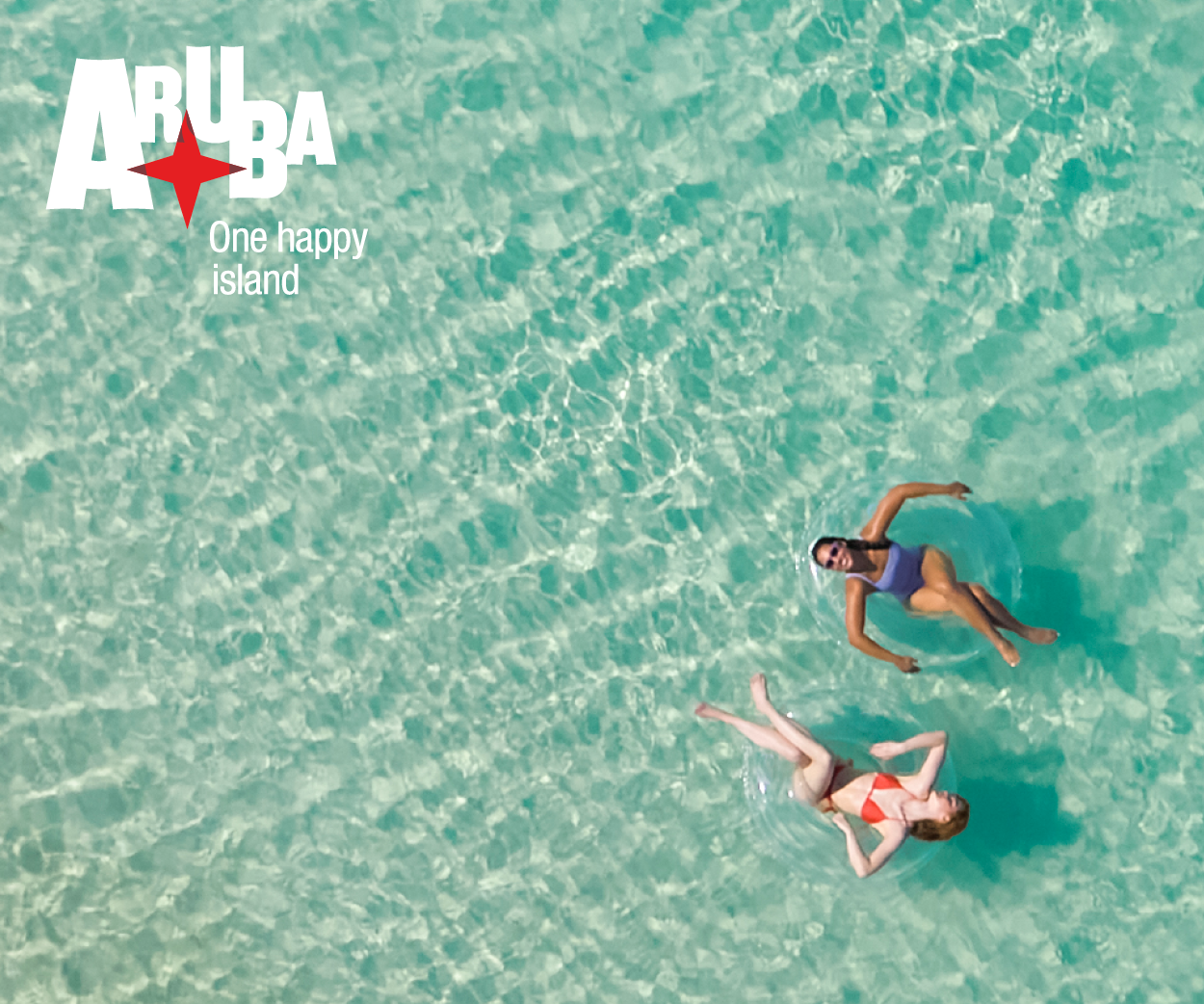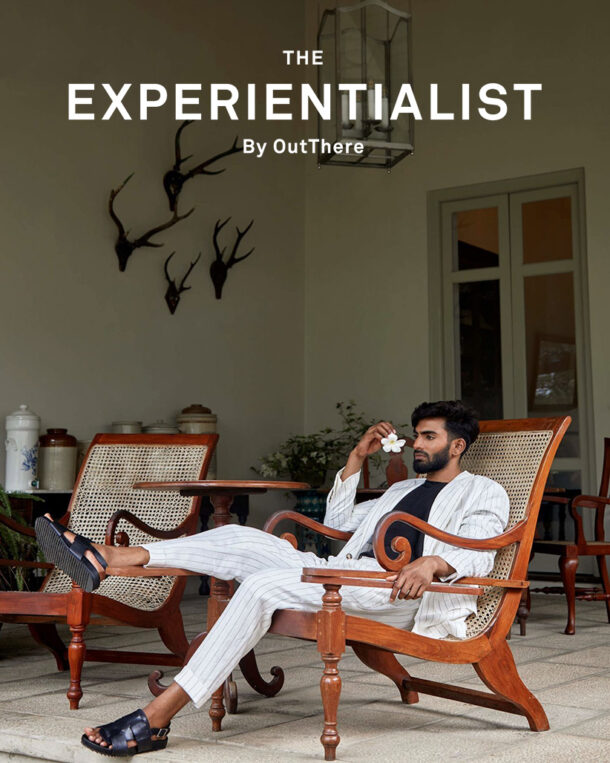This is the same thinking behind the private members clubs that are all the rage in the city. When Soho House West Hollywood opened its doors five years ago, there were many who predicted its imminent closure. After all, how can you out-A-list the A-list in a city full of them? But, in just a short period of time, Soho House has become the most exclusive club in LA. Its admission and membership policy is as mysterious as its guests, but I’ve been told it places creativity over status – reality-TV stars are rarely admitted – to much hoo-ha, I’m sure.
Membership to any such club in the city has its privileges, but to access this exclusivity you’re required to have the right credentials – and these are mainly demographic – social and financial status, profession, powerful friends. However, in my time in WeHo, I found that the one credential that served me best in discovering the secrets of the city was my curiosity – this investment was non-monetary, it cost only my effort and time. Nothing was more exciting to me than uncovering the hidden, deeply personal, or less discussed elements in the urban fabric and meeting, or learning all about the people, passion and often colourful anecdotes and stories behind them.
“Nothing was more exciting to me than discovering the hidden, deeply personal elements in the urban fabric.”
This finally dawned on me as I walked through a grocery store with the same friend that told me about Dorothy Parker. We were nursing a hangover from the evening before – that secret drink at the bar in Melrose kicked off quite a night out in West Hollywood, ending up at a party called ‘Whore Haus’ at ‘Mickey’s’ – we’ll just leave it at that. We stumble upon a little corner of the store undergoing some refurbishment. Behind the cordon, were the remnants of a restaurant with pictures of celebrities on its walls – another secret piece of WeHo history. My friend told me that this was once ‘Chasen’s’, restaurant to the stars, the in-place to eat, until it was engulfed by the supermarket. Legend has it that Donna Summer wrote ‘She works hard for the money’ on toilet paper while in the bathroom.
West Hollywood gives so much to those willing to look. Behind the glossy, uber-positive lifestyles and the rainbow-tinted gay aesthetic, a visitor can take a lot from this city and unlock the secrets specifically relevant to them – from the sophisticated to the gritty, to the downright ridiculous. In my short time, I experienced so much that was unexpected – yes, I stayed in fine hotels, tipped the go-go boys at the Abbey, ate at the best and most talked about places – but I also saw the Hills from a random viewpoint, came face to face with the ghost of Chaplin, browsed first-edition books and film scripts, drank Negronis in a 60s airport lounge-inspired bar, was the only person in a white t-shirt at a gay goth night and ate at a restaurant that was once home to a sex cult – all within two square miles of city.
For everything else you need to know about West Hollywood, visit their website at www.visitwesthollywood.com. Uwern was a guest of The London, West Hollywood and The Chamberlain, West Hollywood during his stay.
Photography by Martin Perry
Get out there
Do…
… take in the sublime view from the West Hollywood Park Tennis Courts at 647 North San Vincente Boulevard. Swap your ID for a free key card at the first-floor cashier’s office.
… relive the speakeasy and visit WeHo’s secret drinking dens – The Roger, Now Boarding and The Surly Goat are great starting points (though there are so many more – the night is always young in WeHo!)
… make sure you research the secret menu items of WeHo’s best eateries online, or risk missing the house favourites.
Don’t…
… miss out on Book Soup, a great place to pick up OutThere. Next door, down a nondescript alleyway, you’ll find Harvey at MP – probably sat in a chair outside what is, by far, the world’s most spectacular first-edition bookstore.
… forget about The Charlie Hotel. First built in 1924, this mansion on North Sweetzer Avenue was once home to the little tramp, Charlie Chaplin.
… drive. You can walk. It’s not the done thing in L.A., but since when have you ever been conventional?


